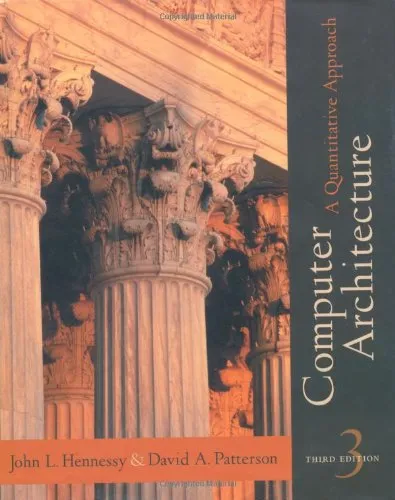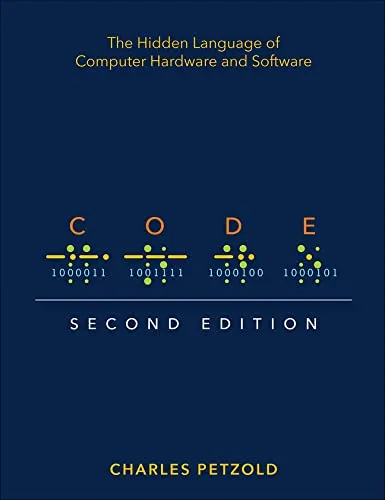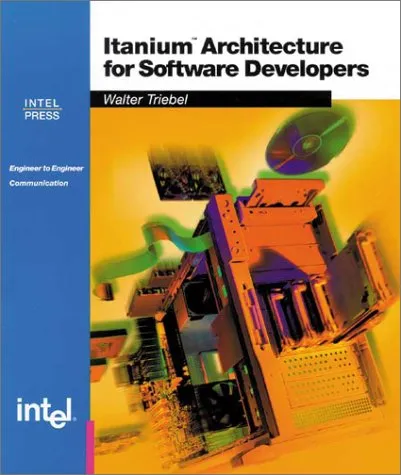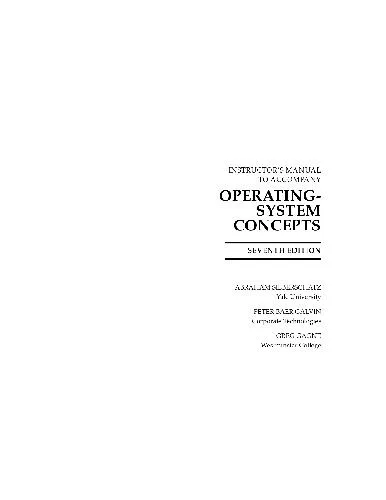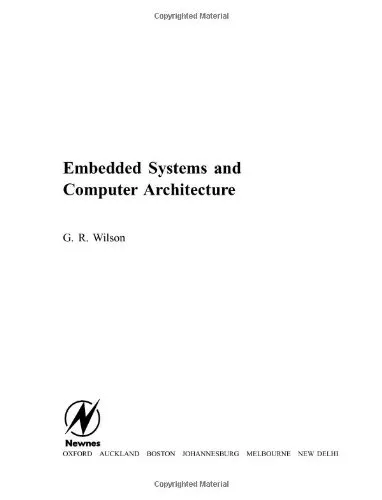Computer Architecture: A Quantitative Approach
5.0
Reviews from our users

You Can Ask your questions from this book's AI after Login
Each download or ask from book AI costs 2 points. To earn more free points, please visit the Points Guide Page and complete some valuable actions.Related Refrences:
Introduction to 'Computer Architecture: A Quantitative Approach'
Welcome to the world of computer architecture, a realm where the abstractions of computation meet the realities of hardware. 'Computer Architecture: A Quantitative Approach' by John L. Hennessy and David A. Patterson stands as an enduring classic in this field, combining theoretical rigor with practical insights to shape the understanding of both budding and seasoned computer scientists and engineers. This introduction provides a comprehensive look into the essence of the book, highlighting its significance, the key takeaways it offers, and some memorable quotes that encapsulate its essence.
Detailed Summary
The book delves into the principles and practical strategies of designing a computer that performs well. It extends beyond mere theoretical knowledge, instilling a quantitative approach to measuring performance, efficiency, and cost. Hennessy and Patterson focus on the critical aspects of architecture such as instruction set architecture, pipelining, memory hierarchy, and parallelism, among others.
Each chapter serves as a building block, refining understanding of the key architectural choices that affect performance. The authors stress the importance of balancing complexity and capability, often employing real-world case studies to demonstrate trade-offs and design decisions. This detailed approach not only conveys the facts but also enhances critical thinking, equipping readers to solve engineering problems with precision.
Key Takeaways
- Understanding the impact of Moore's Law on computer architecture and future trends.
- Insight into performance measures and how they guide design decisions, staying aligned with benchmarks.
- Learning the trade-offs involved in implementing various architectural features such as caches and pipelines.
- Grasping parallelism in its multiple forms - data-level, instruction-level, and thread-level parallelism.
- Exploration of emerging technologies and architectures, preparing readers for advancements in fields like quantum computing.
Famous Quotes from the Book
"The purpose of this text is to change the way people learn and think about computer architecture."
"No field in engineering more properly encompasses trade-offs than does computer architecture."
"Quantitative principles are more important now than ever."
Why This Book Matters
'Computer Architecture: A Quantitative Approach' has served as a foundational textbook for generations of students and professionals. Its blend of theory, practical examples, and strict attention to the art of quantitative measurement sets it apart as a seminal work. This book not only equips readers with essential knowledge but also influences how they engage in problems-solving and innovation within the ever-evolving landscape of computer engineering.
The collaborative expertise of Hennessy and Patterson infuses the book with authority and relevance, addressing both historical perspectives and future trajectories in the field. Its ongoing editions ensure that it remains a crucial resource as new technology trends emerge, continuing to educate and inspire.
Free Direct Download
You Can Download this book after Login
Accessing books through legal platforms and public libraries not only supports the rights of authors and publishers but also contributes to the sustainability of reading culture. Before downloading, please take a moment to consider these options.
Find this book on other platforms:
WorldCat helps you find books in libraries worldwide.
See ratings, reviews, and discussions on Goodreads.
Find and buy rare or used books on AbeBooks.
1570
بازدید5.0
امتیاز0
نظر98%
رضایتReviews:
5.0
Based on 0 users review
Questions & Answers
Ask questions about this book or help others by answering
No questions yet. Be the first to ask!
